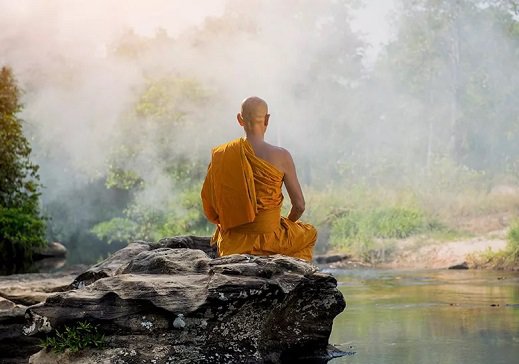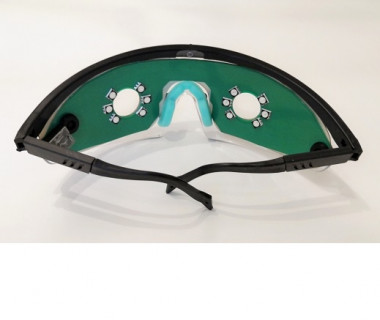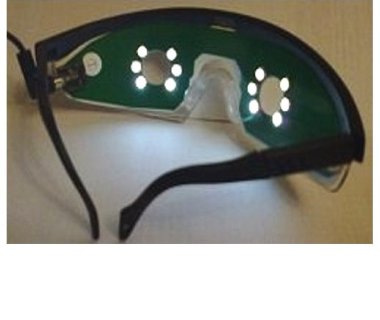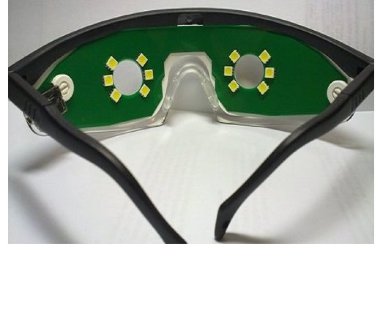Mon—Fri 11:00—17:00 Sat. 12:00—16:00

Description
After payment, a download link will be sent by e-mail.
What is "Presence Meditation" you can read in the annotations for the first program in this series.
This is the second meditation in the Meditation of Presence series. It is designed to unlock tension concentrated on the physical level in the head, neck, shoulders, arms and fingers, accumulated as a result of everyday stress.
The muscles of the head and neck are especially vulnerable to stress, as they are used to maintain a chronic narrowly focused mode of attention. Follow yourself when you focus on something: breathing becomes superficial, muscles of the neck and shoulders tighten, shoulders slightly raise.
Stress is often the cause of chronic headaches, pains in the cervico-shoulder girdle of the body and high blood pressure. Such meditation has already helped hundreds of people to get rid of these ailments forever.
In this meditation I will ask questions using the “magic” formula: “Could you ...” The effectiveness of this technique was discovered during 30 years of biofeedback experiments (BFB), and is described in the book “Open Focus of the Brain” by Les Fehmi and Jim Robbins. The questions asked in this form help to circumvent current restrictions, making it possible for the subconscious to find the conditions under which the fulfillment of what has been said becomes possible (although not always the first time).
For example, when I ask: “Could you imagine the distance between your eyes?”, Then you can naturally feel the eyes, and then allow your imagination to move into the area between the eyes and imagine the distance between them. Your goal is not to name a specific distance. The goal is to imagine very softly, and / or to feel the distance, or the space between the eyes. Initially, you can imagine this distance as a very small area, or some kind of obscure sensation, but then the sensation can expand, or somehow change, while you continue to keep your attention in this area. Most likely, this feeling will change as you practice.
There will be approximately 15 seconds between questions, and at this time it is necessary to keep attention on the subject of the last question. If you have any difficulty in imagining a specific image or feeling, let it not bother you. Just let your imagination stay focused on the subject matter, and let your sensation come about in the most natural way.
If it seems to you that nothing concrete is happening or your mind is starting to wander, do not worry. If you suddenly notice that your attention is leaving somewhere and focusing on some thought or image, do not resist and do not support this process, gradually letting your attention focus expand so that in addition to that thought or emotion where your attention has gone away, the image of my current question has also become the focus of your attention.
The term “imagine” refers not only to visualization, but also to all sensory organs. Some people, having heard about the need to imagine something, categorically declare that they do not know how to visualize. Nevertheless, if they are asked to describe what and where is in their apartment, then they can easily do it. They also easily recognize friends and acquaintances and plan their near and distant future. All this is impossible without visualization.
During meditation, you are not required to generate a clear volumetric movie in your brain. Do as usual for you.
In addition, when I ask you to imagine some kind of space, then ideally, if you were already well trained, you could immediately arouse the feeling of this space, and you could visualize this space, and you could hear the silence between the eyes, and could feel the taste and smell of this space, and could think about the space between the eyes, and even could sense the thoughts that come from this space, and could feel the sense of the present moment in this space. But "everything is achieved by exercises," so you do not need to force events somehow. With each meditation, skills accumulate, and all this will come to you in a natural way.
This meditation is self-sufficient, but it will still be better if you first complete the full course (21 days) of basic meditation.
Let me remind you: in order to transfer the effects of presence meditation to everyday situations, during meditation, it is recommended to sit with your back straight or to stand. A recumbent or inclined position, after a certain period of practice, will be ineffective, as this resembles the position in which you are sleeping.
Water plays an important role in conducting nerve impulses. With general dehydration, which is very common among urban residents, a headache may occur after listening. Therefore, I recommend that before meditation and immediately after drink a glass (well, at least half) of plain clean water.
Once again, I would especially like to emphasize that meditation is not hard work, but a game. During meditation, keep your inner smile, breathe deeply (effortlessly) and evenly and play with your ideas, as if half asleep, or in dreams.
● Duration of meditation: 32 minutes
● Using headphones is optional.
The optimal mode of classes: daily, two meditations per day, with a break of at least three hours.
Technique for all Presence Meditations audio programs
Be Healthy and Happy!
Andrey Patrushev and Vladimir Nikonov.
We will be very grateful for your feedback!
It is strictly forbidden to engage in meditation while driving, or when controlling any potentially dangerous mechanisms.









